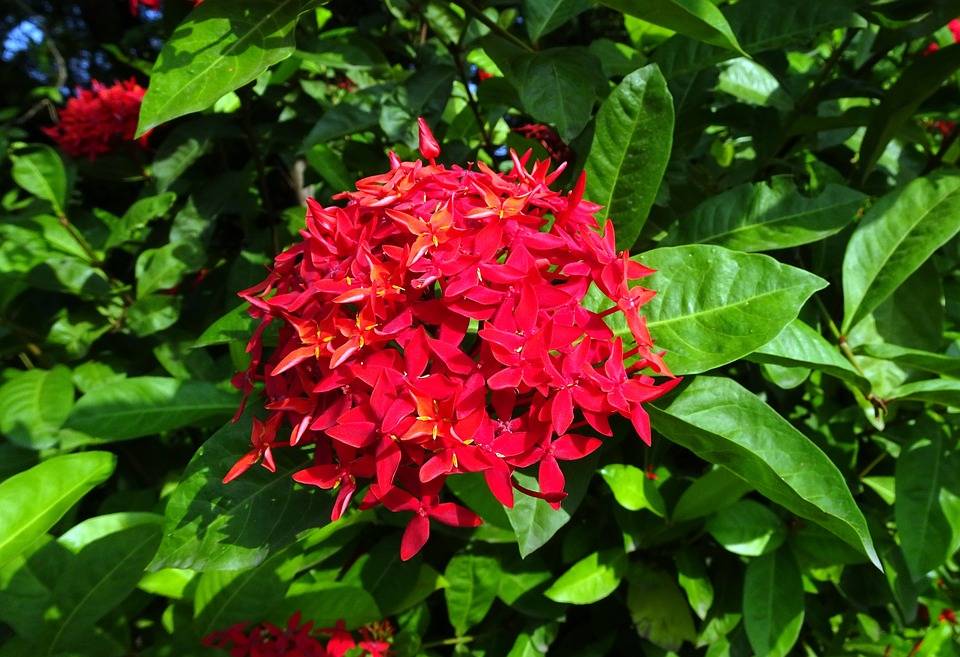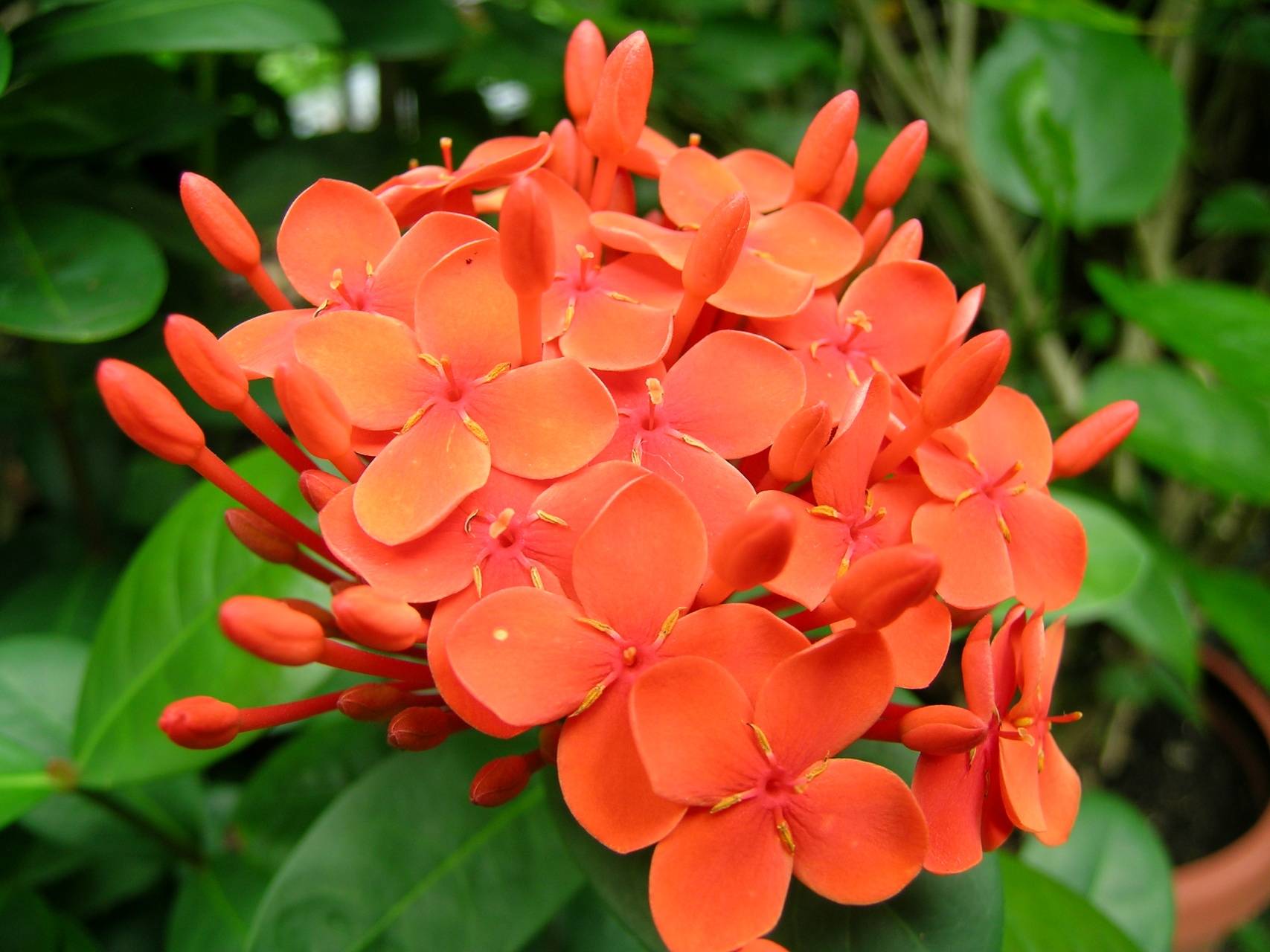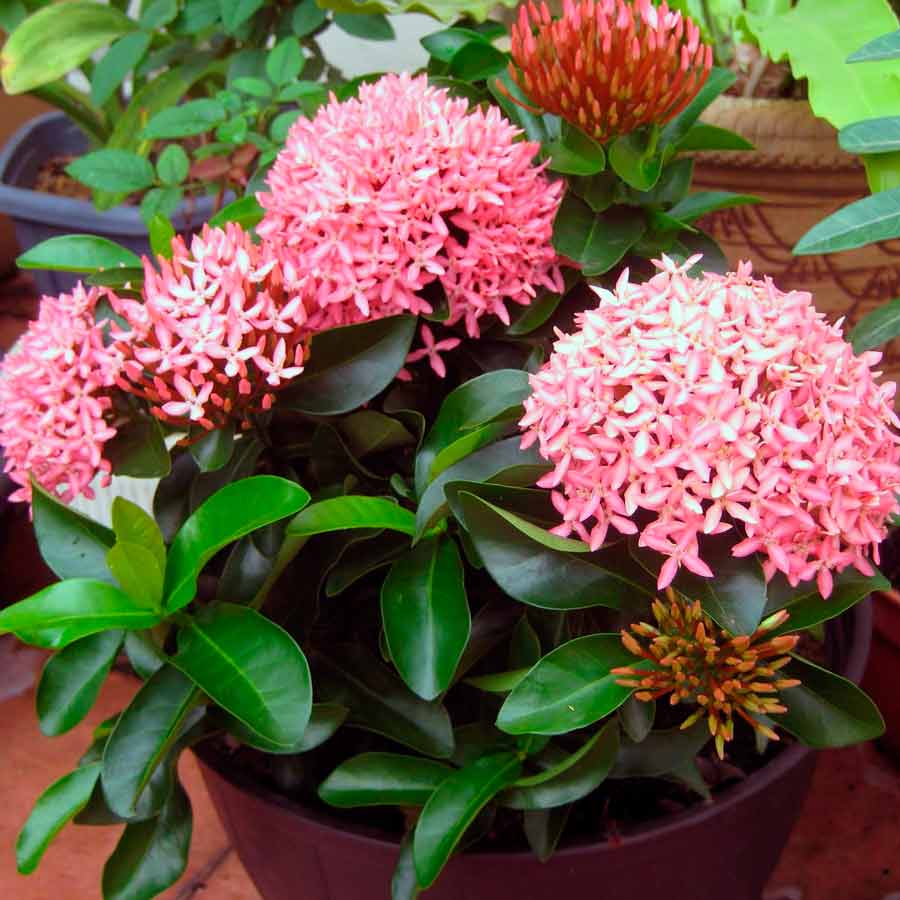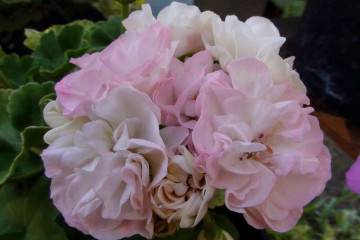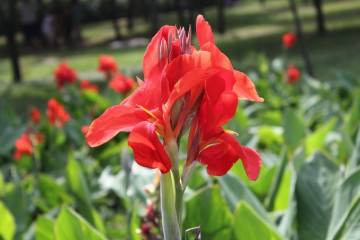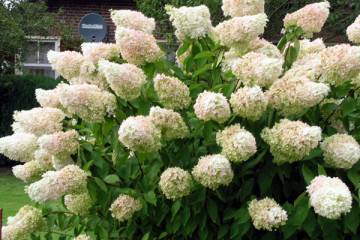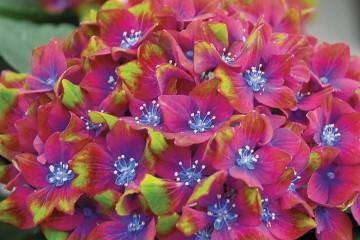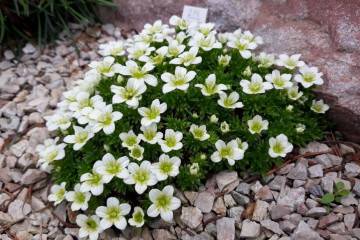Ixora flower - description of the plant, planting and care
Content:
An exotic beauty that has conquered the hearts of many flower growers around the world is ixora, the botanical name is ixora. Small bushes with dense green leaves delight with unusual flowers all year round. The culture is very rare, as it does not tolerate transportation well. The chic appearance, complemented by an exquisite scent, makes the flower an excellent decoration for any home.
Botanical description of the ixora flower
To understand what a culture is, its description will help. Ixora of the Madder family grows in the form of small shrubs with dark green foliage. A dense leaf with a glossy surface and a well-defined central vein can have a lanceolate or oval shape. Numerous tubular flowers of white, orange, yellow or red color form lush inflorescences. The bush has a lush crown and at the same time a compact root system.
Briefly about the history of appearance
The culture is spread all over the world. Asia is considered her homeland. Ixora was found in 1846 on the island of Java. Another species, often grown in homes, was introduced from India. It is grown outdoors in countries with tropical climates. In areas with cool winters, the shrub is planted in containers.
Types and popular varieties of ixora
There are about 400 species of Ixora in the world. Despite the large number of Ixora varieties, only Javanese and bright red are grown at home. They are very similar to each other. They can be distinguished only by the color and shape of the sepals.
Bright red
Tall shrub about 1.3 m. Lush inflorescence consists of many flowers of various shades (white, pink, beige, red). Rounded leaves have a glossy surface. Abundant flowering persists almost all year round, but subject to proper care.
Javanese
Ixora Bicolor Javanika is a 1.2 m high shrub covered with glossy oval leaves. It blooms profusely with small orange flowers with a red tint.
Chinese
Low shrub less than 1 m. Pointed dark green leaves are effectively combined with white, yellow and orange flowers.
Karmazinovaya
Like the previous variety, Ixora variety j2 reaches a height of no more than one meter. The leaves are small, the flowers are red. Blooms from mid-spring to late summer.
Features of caring for ixora at home
Ixora is a thermophilic plant, so its flowering depends on the conditions of detention. In the warm season, the comfortable air temperature for a flower is + 22-25 degrees. At higher temperatures, it can dry out. In winter, the temperature is reduced to +14 degrees, since the Ixora begins a period of rest.
Lighting
Ixora is a light-loving plant, but very vulnerable to direct sunlight. Therefore, it is recommended to place pots with shrubs on the windowsills on the east or west side of the house. It is necessary to observe the lighting regime in order not to wonder why the leaves on ixor turn brown and dry.
Watering and feeding
The culture needs regular watering. It is moisturized 3 times a week. During the rest period, watering is reduced to once a week. It is also worth considering the conditions of detention, it is important to prevent the soil from drying out. Moistening is carried out as soon as the upper words of the soil begin to dry out. For irrigation use settled water at room temperature.
The optimum moisture level for this flower is 60%. In hot weather, spray Ixora with water at room temperature. The procedure is performed carefully, trying not to fall on the petals. You can also put a container with water nearby.
Soil and transplant
The culture is transplanted into slightly acidic, loose soil. The ideal composition is turf, peat, sand and leaf humus. There should be drainage at the bottom of the pot. The transplant is performed annually at the beginning of the season.
Every year at the end of the season, the bush is pruned. Remove dry shoots and buds. This is necessary so that the plant does not waste energy to support them.
How Ixora reproduces
At home, the ixora flower is propagated by cuttings. Planting material is harvested from the mother shrub. After flowering, several shoots are cut and placed in water to build up roots. Within three weeks, the root system will be strong enough to transplant into the ground. For the first time, the pot is covered with foil.
Possible growing problems
Every gardener faces growing challenges.
Leaves turn brown and dry
Many gardeners are familiar with the situation when the foliage on the bush turns brown and dries. The cause of the problem lies in improper care: the action of direct sunlight, violation of the irrigation regime.
The plant does not bloom
The cause of poor flowering or its complete absence can be diseases or pests:
- Chlorosis. It is provoked by hard water or iron deficiency in the soil.
- As a result of improper care, scale insects, aphids or spider mites appear on the plant. You can get rid of them with insecticides.
Ixora is an exotic houseplant that can become a highlight of any interior. Despite all the difficulties in care, culture is gaining more and more popularity every year.
